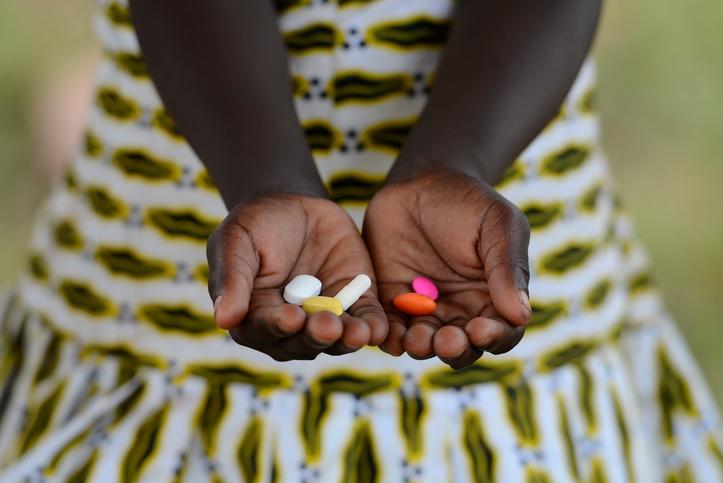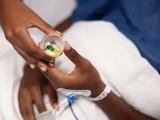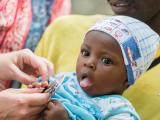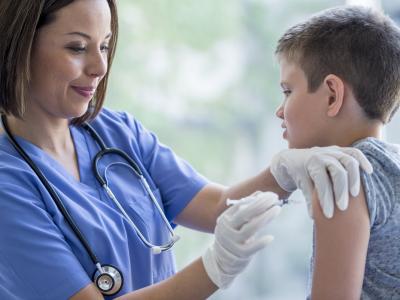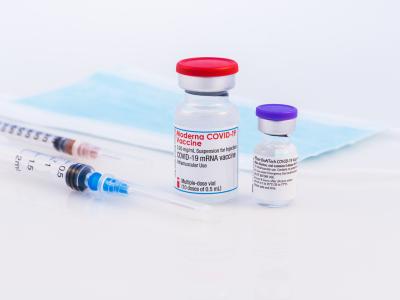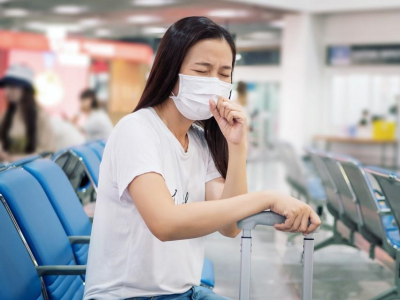Signaling a major change to its Essential Medicines List (EML), the World Health Organization (WHO) today grouped antibiotics into three categories—access, watch, and reserve—and included recommendations when each should be used to treat 21 common infections.
The WHO updates the EML list every other year, and many countries use the list to boost access to medicines and to guide decisions about what products they should make sure are available to their populations.
Changes target antibiotic resistance
In a statement today, the WHO said the changes mark the biggest revision of the antibiotics section in the EML's 40-year history and are geared toward ensuring that antibiotics are available when needed and that the right drugs are prescribed for the right infections. It added that the changes are designed to improve treatment outcomes, curb the development of drug-resistant bacteria, and preserve the effectiveness of "last resort" antibiotics.
Suzanne Hill, PhD, the WHO's director of essential medicines and health products, said in the statement that the rise in antimicrobial resistance is caused by how the drugs are being used and misused. "The new WHO list should help health system planners and prescribers ensure people who need antibiotics have access to them, and ensure they get the right one, so that the problem of resistance doesn't get worse."
In the three-tiered system, the WHO recommends that antibiotics in the:
- Access group be available at all times to treat a host of infections; for example, amoxicillin, commonly used to treat pneumonia
- Watch group be used as first- or second-choice treatment for a small number of infections, such as ciprofloxacin for cystitis
- Reserve group to cover antibiotics such as colistin and some cephalosporins that should be considered last-resort options and used for only the most severe instances when other options have failed, such as for life-threatening multidrug-resistant infections
Also, the WHO added 10 antibiotics to the list for adults and 12 for children. The group noted that the changes support the WHO global action plan on antibiotic resistance.
Other revisions
Overall, the updated EML adds 30 medicines for adults and 25 for children. It covers nine new uses for already-listed drugs, boosting the overall total to 433 drugs highlighted as essential for meeting the most important public health needs.
New drugs on the list, for example, include a new pill for hepatitis C that combines two medicines (sofosbuvir and velpatasvir), new pediatric formulations of tuberculosis (TB) drugs, and delamanid for treating children and adolescents with multidrug-resistant TB.
The list was revised by the WHO Expert Committee on the Selection and Use of Essential Medicines. Committee members met at the end of March and considered 92 applications for about 100 drugs before adding 55 to the EML.
See also:
Jun 6 WHO statement
